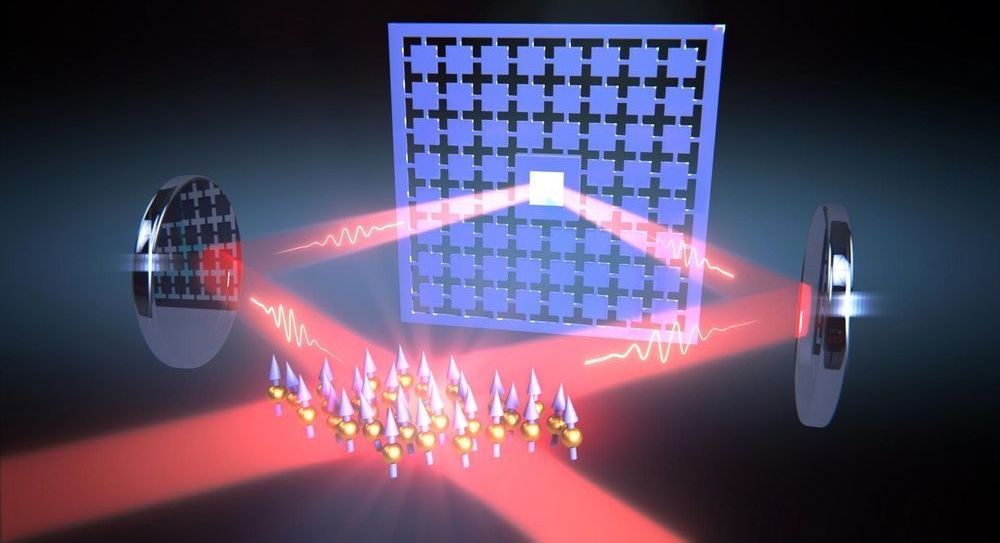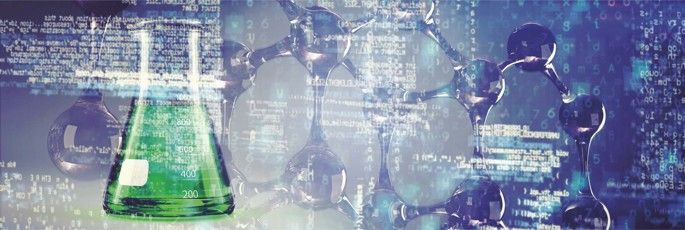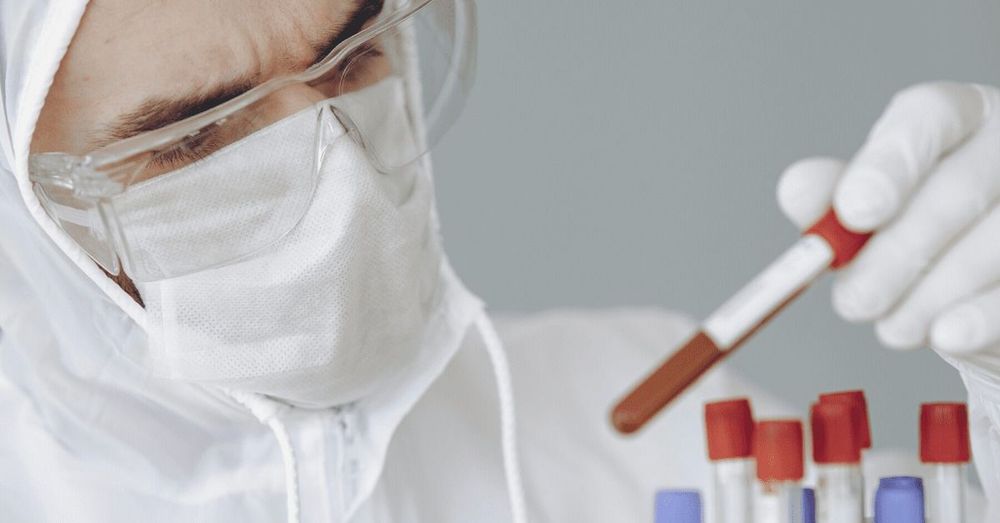Making wings that flap is very difficult, but it has real advantages as some are finding out.




Circa 2017
Injecting DNA into injured horse tendons and ligaments can cure lameness, new research involving scientists at Kazan Federal University, Moscow State Academy and The University of Nottingham has found.
The gene therapy technology was used in horses that had gone lame due to injury and within two to three weeks the horses were able to walk and trot. Within just two months they were back to full health, galloping and competing.
The study has big implications not just for the veterinary world but the future of human medicine — injuries like these are common in people as well as animals, not just in lameness but in other illnesses and diseases from the legs and arms through to the back and hips.

A study of nearly 1,400 patients with moderate to severe COVID-19 disease at a single New York hospital found that patients who received the drug fared no better than patients who did not receive the drug.

Quantum technology is currently one of the most active fields of research worldwide. It takes advantage of the special properties of quantum mechanical states of atoms, light, or nanostructures to develop, for example, novel sensors for medicine and navigation, networks for information processing and powerful simulators for materials sciences. Generating these quantum states normally requires a strong interaction between the systems involved, such as between several atoms or nanostructures.
Until now, however, sufficiently strong interactions were limited to short distances. Typically, two systems had to be placed close to each other on the same chip at low temperatures or in the same vacuum chamber, where they interact via electrostatic or magnetostatic forces. Coupling them across larger distances, however, is required for many applications such as quantum networks or certain types of sensors.
A team of physicists, led by Professor Philipp Treutlein from the Department of Physics at the University of Basel and the Swiss Nanoscience Institute (SNI), has now succeeded for the first time in creating strong coupling between two systems over a greater distance across a room temperature environment. In their experiment, the researchers used laser light to couple the vibrations of a 100 nanometer thin membrane to the motion of the spin of atoms over a distance of one meter. As a result, each vibration of the membrane sets the spin of the atoms in motion and vice versa.

No one has ever seen any airplane like this, except on computer animation. Now, some of the world’s top aeronautical engineers are going to build it for real.
The plan calls for constructing a six-ton unmanned, remote controlled plane the size of a business jet with 24 spinning propellers embedded in its huge moveable wings that allow it to magically hover in midair.
It’s an experimental airplane they call LightningStrike.

WASHINGTON — The Defense Advanced Research Projects Agency plans to launch the first experimental satellites of the Blackjack program in late 2020 and early 2021, the agency said May 11.
DARPA’s Tactical Technology Office started the Blackjack program in 2018 to show the military utility of low Earth orbit constellations and mesh networks of low-cost satellites.
As many as 20 satellites will be launched by 2022.


A new AI diagnostic tool trained on crowdsourced symptom data can predict whether someone likely has COVID-19 without testing.
The model was trained on data from more than 2.5 million users of the COVID Symptom Study app developed at King’s College London, which anyone can download to report their daily health status.

Starlink’s transceiver gets pictured and Starship passes a key test. Tom Cruise in space? How can readers volunteer with the space community? It’s Musk Reads: SpaceX Edition #167.
A version of this article appeared in the “Musk Reads” newsletter. Sign up for free here.